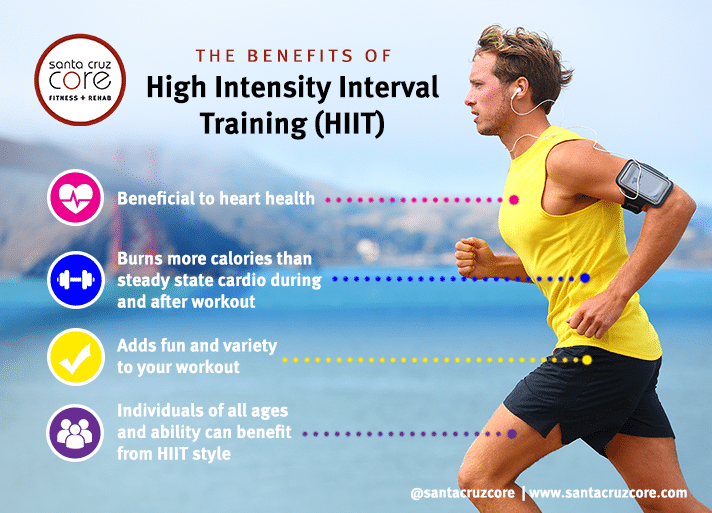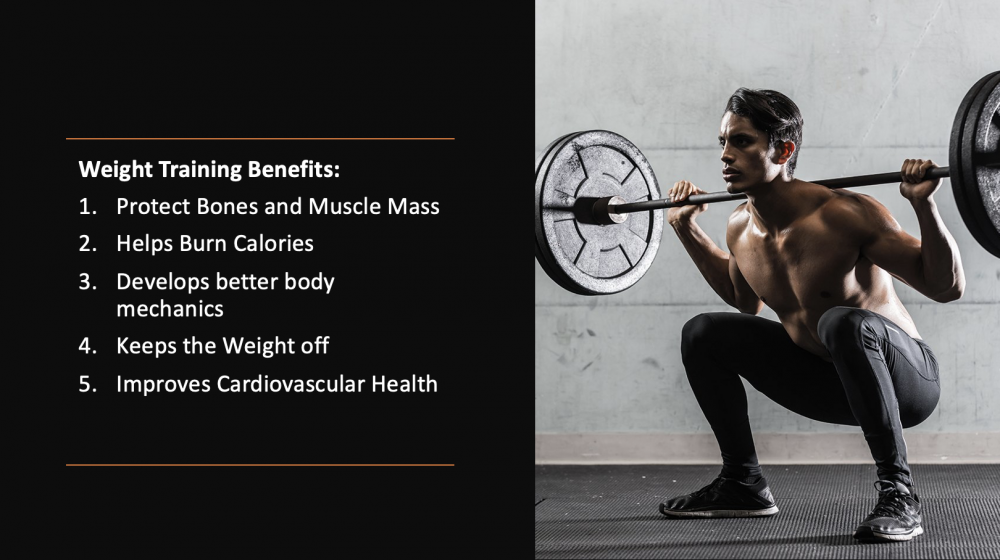Transform Your Body, Transform Your Life: The Role of Exercise in Fat Loss
Regular exercise has long been recognized as a fundamental component of a healthy lifestyle. It plays a crucial role in creating a calorie deficit, which is essential for weight loss and fat burning. By engaging in physical activity, we expend energy and burn calories, leading to a reduction in body fat.
In this blog guide, we will explore different types of
exercises that are particularly effective for weight loss and fat burning.
Backed by research evidence, we will uncover the most efficient workout
strategies and provide practical tips to help you achieve your fitness goals.
Whether you're aiming to shed a few pounds or embark on a transformative
fitness journey, this guide will equip you with the knowledge and tools to
optimize your exercise routine and reap the many benefits it offers.
Engaging in physical activity helps create a calorie deficit, which is essential for weight loss and fat burning. Here are some key points to consider:
Calorie Deficit and Weight Loss
To lose weight, you need to consume fewer calories than you expend. Exercise plays a crucial role in creating a calorie deficit by increasing energy expenditure. When you engage in physical activity, your body burns calories to fuel the movement. This calorie expenditure, when combined with a healthy diet, promotes weight loss, including the burning of stored body fat.
Impact of Exercise Intensity
The intensity of your exercise can have a significant impact
on fat burning. High-intensity exercise, such as interval training or intense
cardio workouts, can help maximize calorie burn during and after your workout.
Research studies, such as the one published in the Journal of Obesity (2012)
titled "High-intensity intermittent exercise and fat loss" by Stephen
H. Boutcher, have shown that high-intensity interval training (HIIT) can be
particularly effective for fat burning.
Types of Exercises for Weight Loss and Fat Burning
When it comes to shedding excess weight and burning fat,
certain types of exercises have been shown to be particularly effective.
Incorporating a combination of these exercises into your fitness routine can
help maximize your fat-burning potential. Here are some evidence-based options:
High-Intensity Interval Training (HIIT)
HIIT involves short bursts of intense exercise followed by brief recovery periods. This type of workout has gained popularity for its effectiveness in burning calories and fat. Research published in the Journal of Obesity (2011) by Stephen H. Boutcher supports the benefits of high-intensity intermittent exercise for fat loss. HIIT workouts can be adapted to various activities, including running, cycling, or bodyweight exercises.
Cardiovascular exercises, also known as aerobic exercises,
are excellent for burning calories and promoting fat loss. Activities such as
running, swimming, cycling, and brisk walking elevate heart rate and increase
energy expenditure. Research published in the Journal of Applied Physiology
(2012) by Leslie H. Willis et al. demonstrates that aerobic exercise alone can
result in significant weight loss for both men and women.
Strength Training
Strength training, often associated with building muscle, also plays a crucial role in weight loss and fat burning. Building lean muscle mass through resistance exercises increases the body's metabolic rate, leading to greater calorie burn. Research published in Obesity (2017) by Allene M. Greaney et al. shows that resistance training contributes to favorable changes in body composition, including fat loss.
Circuit Training
Circuit training involves performing a series of exercises in quick succession, targeting different muscle groups. This type of training combines cardiovascular exercise with strength training, providing a comprehensive fat-burning workout. A study published in the Journal of Sports Science and Medicine (2013) by Brett A. Dolezal et al. demonstrates that high-intensity circuit training leads to reductions in fat mass and improvements in lean body mass.
Combination Workouts
Combining different types of exercises in a single workout can be an effective strategy for fat burning. For example, alternating between periods of cardiovascular exercises and strength training can provide both calorie-burning and muscle-building benefits. This approach helps create a more well-rounded fitness routine.
While cardiovascular exercise, such as running or cycling, is commonly associated with fat burning, strength training should not be overlooked. Building lean muscle mass through strength training can increase your resting metabolic rate, meaning your body continues to burn calories even at rest. This contributes to overall fat burning and weight management. Research studies, such as the one published in the journal Obesity (2017) titled "Resistance Training for Obese, Insulin-Resistant Adolescents: A Randomized Controlled Trial" by Allene M. Greaney et al., have demonstrated the positive effects of strength training on body composition and fat loss.
Research supports the efficacy of combining different exercise modalities, such as the study published in Medicine and Science in Sports and Exercise (2012) by Joseph T. Ciccolo et al., which examined the impact of combined aerobic and resistance exercise on body composition.
Consistency and Progression
Consistency is key when it comes to exercise and fat
burning. Regular workouts, performed at an appropriate intensity, can yield
sustainable results over time. Let's
explore why these factors are so important and how they can maximize your
results.
Consistency
Consistency refers to the regularity and frequency with which you engage in exercise. It's not a one-time effort but rather a long-term commitment to incorporating physical activity into your lifestyle. Consistency allows your body to adapt and respond to the demands of exercise, leading to improved fitness and fat-burning capabilities.
Research supports the importance of consistency in exercise. A study published in the European Journal of Applied Physiology (2014) by Klara Kubinova et al. examined the effects of consistent exercise on fat loss. The findings revealed that individuals who consistently engaged in exercise over a 12-week period experienced significant reductions in body fat compared to those who were less consistent.
To stay consistent with your exercise routine, consider the following tips:
Schedule your workouts: Set specific days and times for exercise in your weekly schedule, treating them as non-negotiable appointments.
Find activities you enjoy: Engage in activities that you
genuinely enjoy, as this increases the likelihood of sticking with them
long-term.
Make it a habit: Consistency is easier to achieve when exercise
becomes a habit. Start with small, manageable goals and gradually increase the
duration and intensity of your workouts.
Progression involves gradually increasing the challenge of
your workouts over time. It allows your body to adapt and continuously improve
its performance, leading to ongoing fat burning and fitness gains. Progression
can be achieved through various methods, such as increasing the intensity,
duration, or frequency of your workouts, as well as incorporating new exercises
or training techniques.
Research literature provides evidence of the benefits of
progression in exercise. A study published in the Journal of Strength and
Conditioning Research (2013) by Brad J. Schoenfeld et al. compared the effects
of a progressive resistance training program to a non-progressive program on
body composition. The study showed that participants following the progressive
program experienced greater improvements in fat loss and lean muscle gain
compared to the non-progressive group.
To incorporate progression into your exercise routine,
consider the following strategies:
Gradually increase weights: If you're strength training,
progressively increase the weights you lift as your strength improves.
Increase intensity: Gradually challenge yourself by
increasing the intensity of your workouts. For example, increase the speed or
incline on the treadmill or add intervals to your cardio sessions.
Try new exercises or training techniques: Incorporate new
exercises or training methods to keep your workouts fresh and stimulating. This
not only prevents boredom but also challenges different muscle groups.
Example:
Let's say you start with a 30-minute moderate-intensity
cardio workout, such as jogging, three times a week. As your fitness level
improves, you can progress by increasing the duration to 40 minutes or adding
intervals of higher intensity for short bursts. This progression challenges
your body to burn more calories and fat while improving your cardiovascular
fitness.
By staying consistent with your exercise routine and progressively challenging yourself, you can optimize the fat-burning potential of your workouts and achieve long-term results.
Remember, it's important to listen to your body and progress
at a pace that is appropriate for you. Push yourself, but also prioritize
safety and avoid overtraining or injury. Consulting with a certified fitness
professional can provide guidance on appropriate progression strategies
tailored to your specific goals and abilities.
By emphasizing consistency and progression in your exercise
routine, you'll pave the way for ongoing fat burning, fitness improvements, and
overall health benefits.
Incorporating a variety of these exercises into your routine can keep your workouts engaging, challenging, and effective for weight loss and fat burning. It's important to personalize your exercise program based on your fitness level, preferences, and any underlying health considerations. Consulting with a healthcare professional or a certified fitness trainer can provide tailored guidance to help you achieve your weight loss goals effectively and safely.



















Comments
Post a Comment